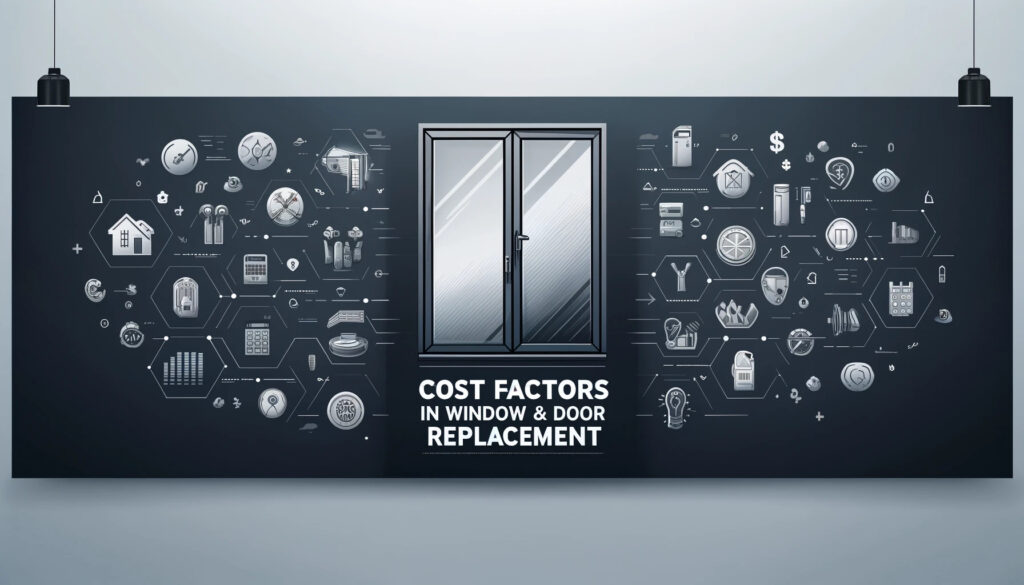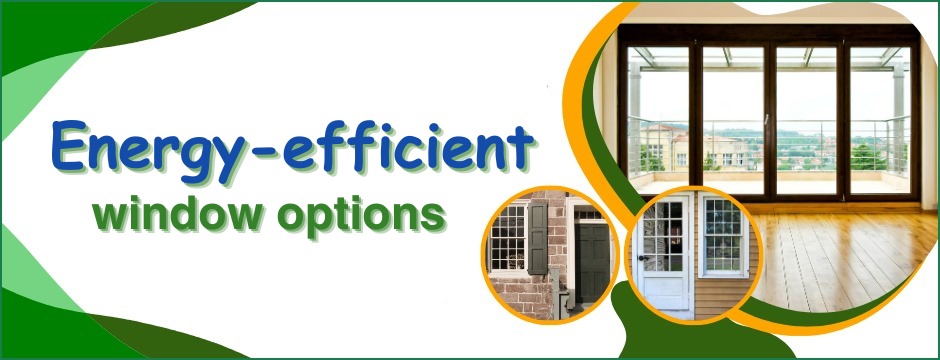
Environmental Considerations in Choosing Window and Door Materials
When selecting materials for windows and doors, homeowners and builders are increasingly prioritizing environmental considerations. The right choices can significantly reduce a building’s carbon footprint, enhance its energy efficiency, and contribute to a sustainable future. In this blog, we’ll explore the key factors to consider when choosing eco-friendly materials for windows and doors repairing.
1. Energy Efficiency
One of the primary environmental considerations is energy efficiency. Materials that provide better insulation keep homes warmer in the winter and cooler in the summer, reducing the need for heating and cooling. This not only lowers energy consumption but also decreases greenhouse gas emissions. For instance, triple-glazed windows with low-emissivity (low-E) coatings can significantly minimize heat transfer, making them an excellent choice for energy conservation.
2. Material Sourcing
The source of materials is another crucial aspect. Sustainable sourcing ensures that the materials used in windows and doors do not deplete natural resources or cause significant harm to the environment. For example, wood from certified sustainably managed forests can be a great choice. These certifications ensure that the wood is harvested responsibly, promoting forest health and biodiversity.
3. Lifecycle Impact
Considering the full lifecycle impact of materials is essential. This includes everything from extraction and manufacturing to usage and eventual disposal. Materials like aluminum and steel, when recycled, can be more environmentally friendly options as they reduce the need for virgin materials and lower the energy consumption and pollution associated with mining and processing.
4. Durability and Maintenance
Durable materials extend the life of windows and doors, reducing the frequency of window replacements and the associated environmental impact. For example, fiberglass windows are known for their durability and low maintenance, resisting weathering and thermal expansion better than many other materials. Choosing durable materials also means less waste and lower consumption of resources over time.
5. Recyclability
Finally, the recyclability of materials is a significant factor. At the end of their life, materials that can be recycled prevent waste from ending up in landfills and reduce the demand for new raw materials. Materials like PVC, which can be difficult to recycle, might be less desirable from an environmental standpoint compared to more easily recyclable materials like wood or metal.
Conclusion
Choosing the right materials for windows and doors is a critical step in building environmentally sustainable homes. By focusing on energy efficiency, sustainable sourcing, lifecycle impacts, durability, and recyclability, homeowners and builders can make responsible choices that benefit the environment while providing long-term value. As environmental awareness continues to grow, these considerations will increasingly shape the building materials market, leading to more innovative and sustainable building practices.









